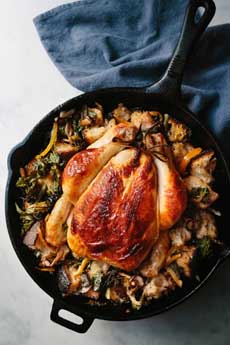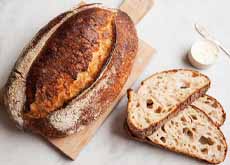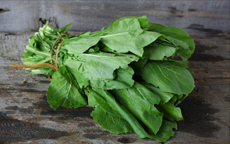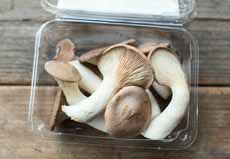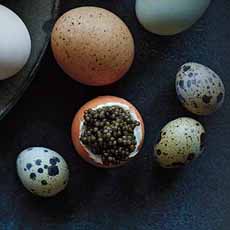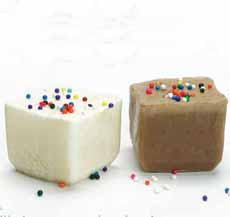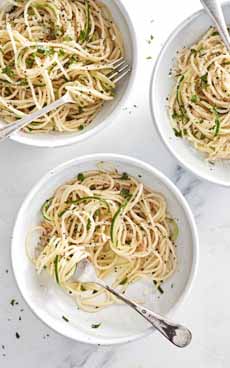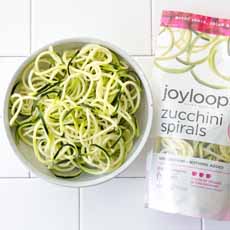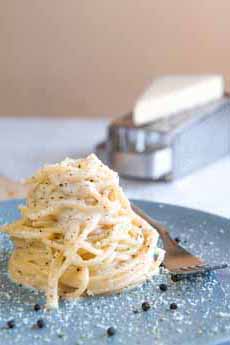|
Our Top Pick Of The Week is Snack Factory Dessert Thins, a new line of thin cookies that are just 30 calories apiece. If you’re cutting back on sweets but are yearning for “just a bite,” consider these a solution.
Our runners up span good-for-you foods like Pete & Jerry’s Organic Hard Boiled Eggs, Bonne Maman’s new Lemon Curd, and a new line extension from one of our favorite yogurts, Noosa Yoghurt (the Australian spelling).
SNACK FACTORY DESSERT THINS
We have long enjoyed Snack Factory Pretzel Crisps, so when they announced a new line of Dessert Thins cookies, we had hope.
And we are not disappointed! lightly textured, airy biscuits in delectable dessert flavors! Made with non-GMO ingredients, Dessert Thins are available in
Brownie
Chocolate Chip
Lemon Tart
All three are fragrant, flavorful, and a calorie bargain. Use them for mini cookie sandwiches, an ice cream garnish, dippers for chocolate fondue, or an alternative to biscotti with coffee.
When you want just a bit of cookie, without fear of overdoing it, you can be satisfied with just one (the recommended serving size is 4 pieces, 120 calories).
Following America’s desire for natural, better-for-you foods, Dessert Thins are non-GMO, contain zero grams of trans-fat, no cholesterol, no artificial colors or flavors.
As for why the company calls them by the British word for cookies—biscuits—we can’t fathom. In the U.S., “biscuit” does not indicate a sweet treat. But why ask why?
We hope the new line is a success for selfish reasons: We want to keep eating them.
See more at SnackFactory.com.
BONNE MAMAN LEMON CURD
Lemon curd has been a favorite British spread for centuries. Why it isn’t more popular in the U.S., we have no idea. You have to hunt for it in specialty food stores.
Thanks to Bonne Maman’s national supermarket distribution, you may now find it in an aisle near you. Don’t pass it by!
The combination of eggs, butter, lemon juice and sugar has uses beyond toast and croissants. Use it:
As a snack, on crackers.
As a dessert topper.
As a quick fix when you want a spoonful of something sweet.
Bright yellow, delightfully lemony, this rich spread belongs at your breakfast table…and beyond.
The line is non-GMO, Certified Gluten Free and certified kosher by OU.
Discover more at BonneMamanUS.
|
|

[1] Snack Factory’s new Dessert Thins in Brownie, Chocolate Chip and Lemon Tart (photo courtesy Pinterest).
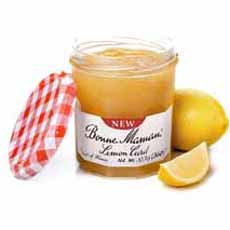
Bonne Maman French preserves and spreads debut a new spread flavor: Lemon Curd (photo courtesy Bonne Maman).

[3] Noosa Mates score! Four mix-in yoghurts worthy of dessert (photo curry Noosa).
|
|
NOOSA YOGURT: NOOSA MATES
Noosa, the Australian yoghurt brand made in Colorado for the U.S. market, has been a NIBBLE favorite since it first landed here.
Made with 5% milk, instead of 2% or 0%, it is sumptuous, silky, and the closest yogurt you’ll find that can pass for pudding.
The 5.5-ounce containers have a separate container that holds the mix-ins. It’s a lot of packaging, but it’s delicious to the max.
Flavors include:
Banana Chocolate Peanut, banana yoghurt with Guittard dark chocolate chunks, banana chips and roasted peanuts.
Coconut Almond Chocolate, coconut yogurt with Guittard dark chocolate chunks, toasted coconut crisps and whole almonds.
Honey Cranberry Almond, honey yoghurt with crunchy granola, dried cranberries, roasted almonds and pepitas.
Honey Pretzel Peanut, honey yoghurt with Guittard dark chocolate chunks, mini pretzels and honey roasted peanuts.
Maple Ginger, maple yoghurt with granola, gingersnap streusel and candied ginger.
They’re all so good, we can’t even pick a favorite—although a nod goes to Banana Chocolate Peanut. Why is there not more banana yogurt out there???
The line is certified kosher by OU. See more Noosa at NoosaYohgurt.com.
|
